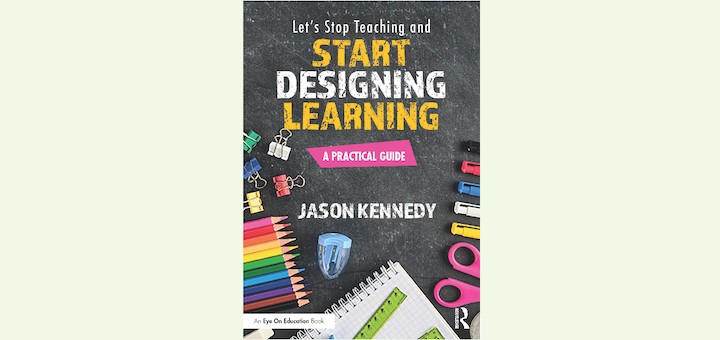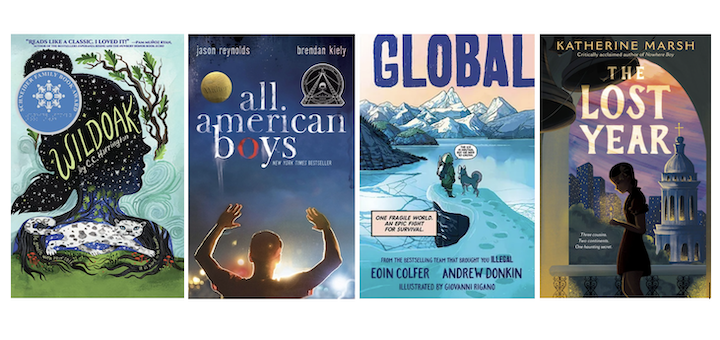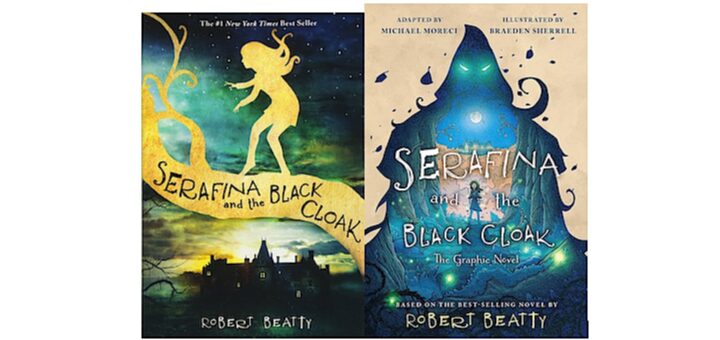Teach Students to Read (and Write with) Video
Watching a movie in class doesn’t have to be passive, says Jason DeHart. Teachers can engage students in a critical process of “reading” film and also responding as readers by creating video products. It’s time to broaden literacy education to meet students where they are.






















